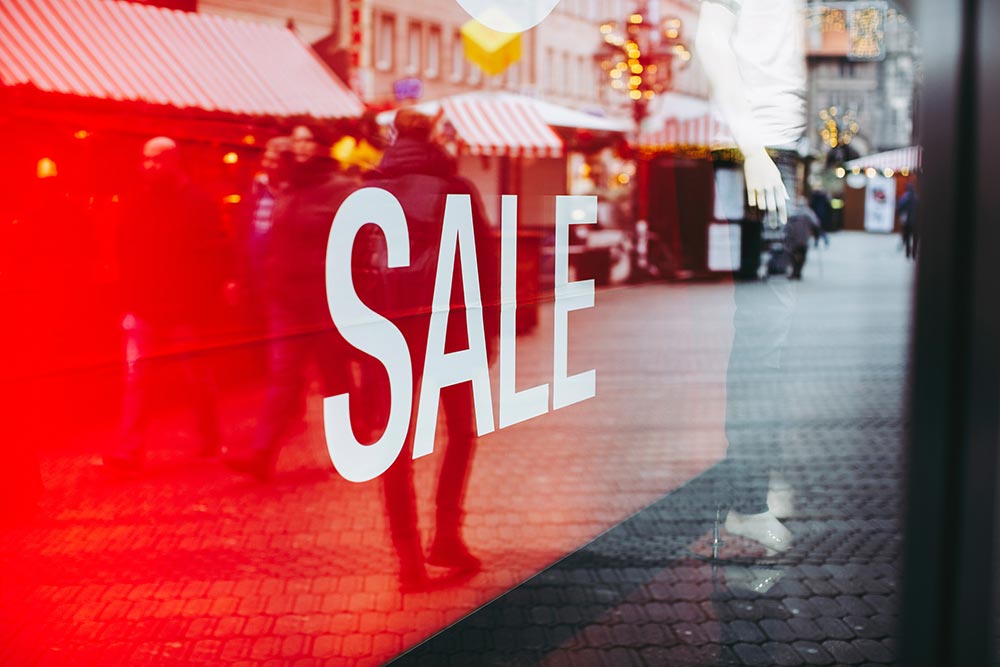It’s not always required to run sales promotions to close deals. In reality, when understanding crucial negotiation techniques, salespeople shouldn’t develop the practise of frequently using promotions.
Promotions, however, frequently help customers decide whether to do business with you and, as a result, increase sales for your company.
A sales promotion is what?
A sales promotion is a marketing tactic used to increase sales by providing customers with discounts and incentives to buy a good or service.
The buy one, get one free model is a popular sort of sales promotion, but there are many other types you can use to help you reach your sales targets.
14 various kinds of sales promotions
1. Rebates
A price reduction of, say, 30% is a potent inducement for prospects with whom you have established rapport, who adore your product or service, and whose only reservation is price. If they’re a good fit, a decent discount may encourage them to decide once and for all.
2. Discounts
A coupon, which belongs to the same family as a discount but only has one usage and a strict deadline, can be a strong motivation. The perfect coupon can persuade a prospect to act because it is something physical (or digital), and they feel as though something would be taken away from them if they don’t. Additionally, unlike regular discounts, one-time coupons have less of an impact on revenue.
3. Difficulties
Consumers participate in challenges in order to win prizes from your business, which are typically discounts or free products. Challenges frequently take place on social media, where a brand may request that followers enter the competition by sharing the brand’s content on their personal pages.
4. Flash Sales
Flash sales are brief promotions when companies, frequently e-commerce and retail, give discounts on goods and services for a limited time. If customers desire to take advantage of an offer before it expires, this can create a sense of urgency in the audience and greatly increase sales.
5. Swag
In the right conditions, promotional items like clothing, pens, or accessories can offer a sense of delight. However, as was already noted, they could not have much influence when the decision to buy is made.
6. No-cost trials
Users who sign up for free trials get unlimited access to goods and services during the trial period. The objective is for users to recognise the value you provide and be persuaded to buy after the free trial period has ended.
7. Shipping Is Free
High, unforeseen extra charges are the main cause of shoppers in the US leaving their carts empty (like shipping). As a result, providing free shipping is a type of sales promotion because customers are more likely to complete their transactions if there are no hidden fees.
8. Buy One, Get One Free
Buy one, get one free (BOGO) is a marketing strategy where a company gives away a second product to encourage buyers to buy the first one. The buyer is first interested in the first “one” of BOGO, and the second “one” is a free product. Customers enjoy getting free stuff, therefore giving them a free product may encourage them to make a buy.
9. Grouping
Bundling your products at a reduced price can make your offer more appealing if you have a line of products that complement one another better than they would individually. This would be appealing to potential customers who are considering their options and are concerned about value while doing so.
10. Add-Ons
Add-ons are a little more flexible than bundles because doing without them won’t change the terms of payment. In light of this, this approach is excellent when extra value without risk is required. You may give them “extra” of something that would otherwise have restrictions or toss in a premium function that is only accessible at a higher tier.
11. Subscribers
As products are frequently sold at a lesser price if a consumer subscribes to a plan, subscriptions are a sales pitch. The cost of the subscription would be higher if a consumer were to just purchase the good or service whenever they needed it.
12. Loyalty Initiatives
Since discounts and awards given to loyal consumers might encourage them to buy more than they would have otherwise, loyalty programmes are a type of sales promotion. A consumer in your loyalty programme might be persuaded to buy if, for instance, you offer a free trial size item with every transaction. This is because the customer wants to sample something you have to offer without having to pay for it.
13. Prolonged Terms of Payment
Another strategy for dealing with price issues is to provide a longer payment period. This strategy works well for high-ticket purchases because it makes the sticker price seem less scary. All you need to do is space out payments over a reasonable amount of time, say three months. A payment plan might persuade customers to buy from you if they really desire what you’re selling but are concerned about their ability to pay the whole cost up front.
14. Extended-Use Terms
Extended-use terms allow the prospect additional time to think about the value of your product before you start to extract value (renewal of payment) from them. When done correctly, this establishes trust in your brand and your goods.
We’ll go through some suggestions for using the various kinds of sales promotions now that you’re familiar with them all.
Source: promotion strategy , promotional strategies

